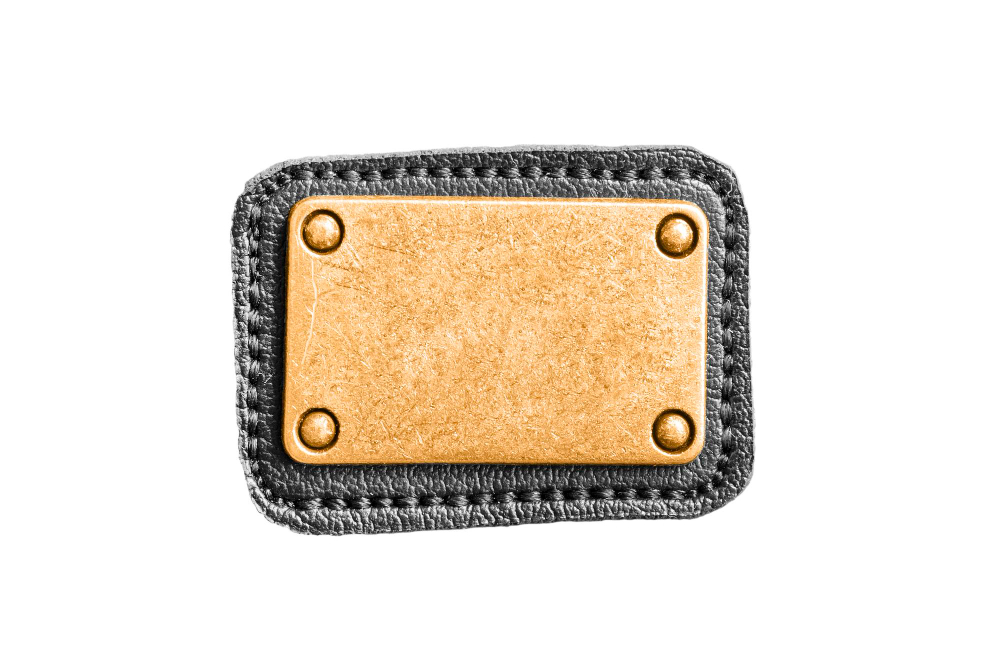Laser marking systems have become an integral part of various industries, offering precision and efficiency in marking materials. These systems utilize a variety of optical components that play crucial roles in the laser marking process. Understanding these components can help you appreciate the technology behind laser marking and its applications.
1. Laser Source: Neden Önemlidir?
Laser marking systems primarily rely on a laser source to generate the beam necessary for marking. Common types of laser sources include fiber lasers, CO2 lasers, and solid-state lasers. Each type has its unique properties and applications. For instance, fiber lasers are known for their high efficiency and ability to mark metals, while CO2 lasers are ideal for non-metal materials like wood and plastic. The choice of laser source significantly impacts the quality and speed of the marking process.
2. Lensler: Ne İşe Yarar?
Lenses are vital optical components in laser marking systems. They focus the laser beam onto the material surface, allowing for precise marking. The focal length and quality of the lens influence the beam’s diameter and intensity. Common lens types used are plano-convex and aspheric lenses, each providing different focusing characteristics. Proper lens selection enhances the marking quality and reduces the chances of damage to the material.
3. Ayna Sistemleri: Nasıl Çalışır?
Mirrors are essential for directing the laser beam from the source to the marking head. They are usually made from materials with high reflectivity, such as coated glass or metal. The arrangement of mirrors determines the path of the laser beam and can be adjusted to achieve different marking angles and positions. Understanding mirror alignment is crucial for ensuring consistent marking results.
4. Modülatörler: Ne İşe Yarar?
Modulators control the intensity and pulse of the laser beam. By adjusting these parameters, modulators enable the marking of various materials with different properties. For example, some materials require high-energy pulses for effective marking, while others may need lower energy levels to avoid damage. This flexibility allows laser marking systems to be versatile and adaptable to different applications.
5. Soğutma Sistemleri: Neden Gereklidir?
Laser marking generates heat, which can affect the performance and longevity of the optical components. Cooling systems, such as water or air cooling, are essential to maintain optimal operating temperatures. Efficient cooling ensures that the laser source and other components function correctly, preventing overheating and potential damage. This prolongs the lifespan of the entire marking system.
6. Optik Filtler: Ne İşe Yarar?
Optical filters are used to enhance the quality of the laser beam by removing unwanted wavelengths. They ensure that only the desired wavelengths reach the material, improving marking precision and clarity. Filters can also protect sensitive components from harmful radiation, making them a critical element in maintaining the system’s integrity.
7. İşleme Hızı: Neden Önemli?
Processing speed is a crucial factor in the efficiency of laser marking systems. The speed at which the laser can move and mark depends on the optical components’ quality and configuration. Systems designed with high-quality optics can achieve faster marking speeds without compromising on quality. This is particularly important in industrial applications where time is money.
8. Uygulama Alanları: Nerelerde Kullanılır?
Laser marking systems are used across various industries, including automotive, electronics, and packaging. They are employed for tasks such as product identification, barcoding, and decorative marking. The versatility of laser marking makes it suitable for both high-volume production and custom jobs.
Sonuç olarak, lazer markalama sistemlerinde kullanılan optik bileşenler, sistemin başarısı ve verimliliği açısından kritik öneme sahiptir. Her bir bileşenin rolünü anlamak, daha etkili ve kaliteli işleme süreçleri geliştirmek için gereklidir. Teknolojinin ilerlemesiyle birlikte, bu bileşenlerin performansı da sürekli olarak artmakta ve endüstriyel uygulamalarda daha fazla yenilik sağlanmaktadır.







Bir yanıt yazın